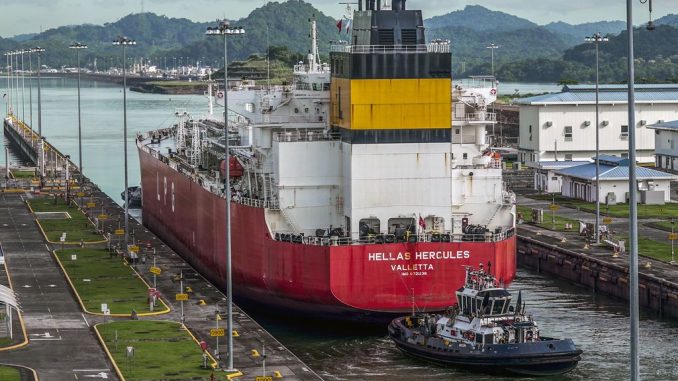
Overview
The Panama Canal, a crucial aspect of global shipping, is experiencing a decrease in the number of ships passing through due to a severe drought. The rainy season has seen minimal precipitation this year, and October has recorded the lowest rainfall in 73 years. Consequently, the water level in the canal running through Panama’s mountains has significantly decreased.
Under normal circumstances, an average of 36 ships navigate the canal daily, connecting the Atlantic Ocean and the Pacific Ocean. However, to combat the drought’s impact, the Panama Canal Authority has limited the passage to a maximum of 25 ships per day until New Year’s Eve, and further reduced it to 18 per day in January and February.
This is not the first time restrictions have been imposed due to the drought. In August, the passage was limited to 32 ships per day, leading to significant traffic congestion on both ends of the canal.
Lock network
The construction of the Panama Canal was completed in 1914, providing a shorter route from Asia to the east coast of the United States. The canal eliminates the need for ships to take weeks-long detours via Chile. Instead, ships traverse the mountains of Panama using a network of locks. However, the current drought has resulted in a lack of water availability for these locks, particularly in the central Gatún Lake area.
Panamanian authorities attribute the drought to the weather phenomenon known as El Niño. In October, the amount of rainfall received was almost half the normal average. With two more months remaining in the rainy season, the water level in Lake Gatún is at risk of falling below the required 50% threshold. This poses not only a threat to the functioning of the canal but also to the drinking water supply in Panama.
In August, a Dutch engineering firm involved in the Panama Canal’s renovation highlighted efforts being made to minimize water wastage through the locks:

Be the first to comment